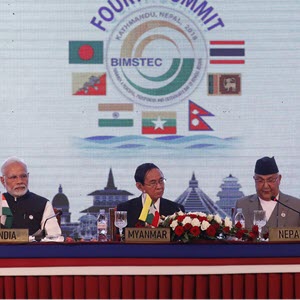Contact
Nontraditional Security Challenges in South Asia
Opportunities for Cooperation in Disaster Response
A confluence of geological and hydro-meteorological factors has made Asia the most disaster-prone region on earth. The countries of South Asia—Afghanistan, Pakistan, India, Nepal, Bhutan, Bangladesh, the Maldives and Sri Lanka—are particularly vulnerable to hazards like earthquakes, floods, tsunami, landslides, and typhoons, as the region is home to 1.8 billion people and large concentrations of the population reside in low-lying coastal areas or alongside rivers prone to flooding.
As climate patterns continue to change and intensify, there is an urgent need to develop a cohesive regional approach to reduce the scope and scale of future disasters. There are many existing organizations and efforts that aim to mitigate the impact; however many of these initiatives have operated disjointedly. Given that natural disasters affect every aspect of society and do not adhere to national borders, the need for coordinated, multilateral humanitarian assistance and disaster relief operations and strategic planning becomes ever more important.
NBR’s project to create a framework for cooperation on disaster management in South Asia is made possible through funding from the U.S. Consulate in Chennai. Through a range of activities—including expert interviews, virtual working group sessions, a two-day workshop, and final report—this initiative engages high-level stakeholders from the policy, public health, energy, technology, and disaster management sectors to improve capacity, coordination, and regional connectivity for disaster management efforts in South Asia and the broader Indo-Pacific.
Featured
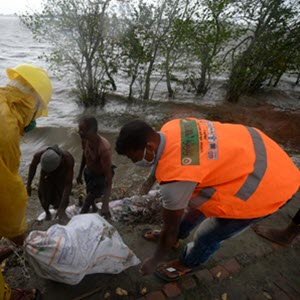



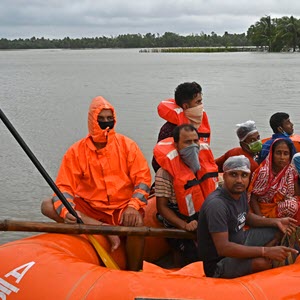
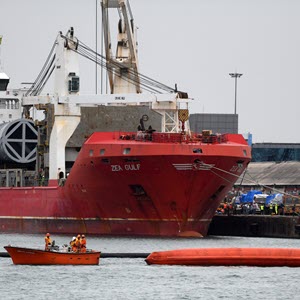
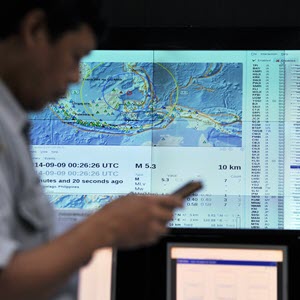
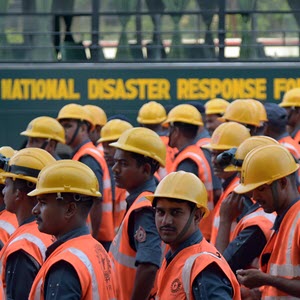
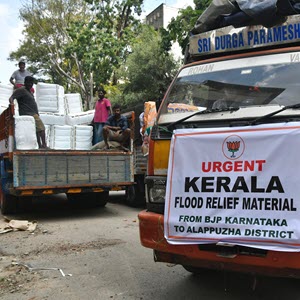
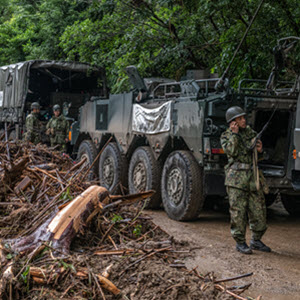
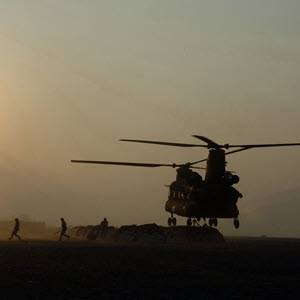 Nontraditional Security Challenges in South Asia: Improving Disaster Management Cooperation
Nontraditional Security Challenges in South Asia: Improving Disaster Management Cooperation
